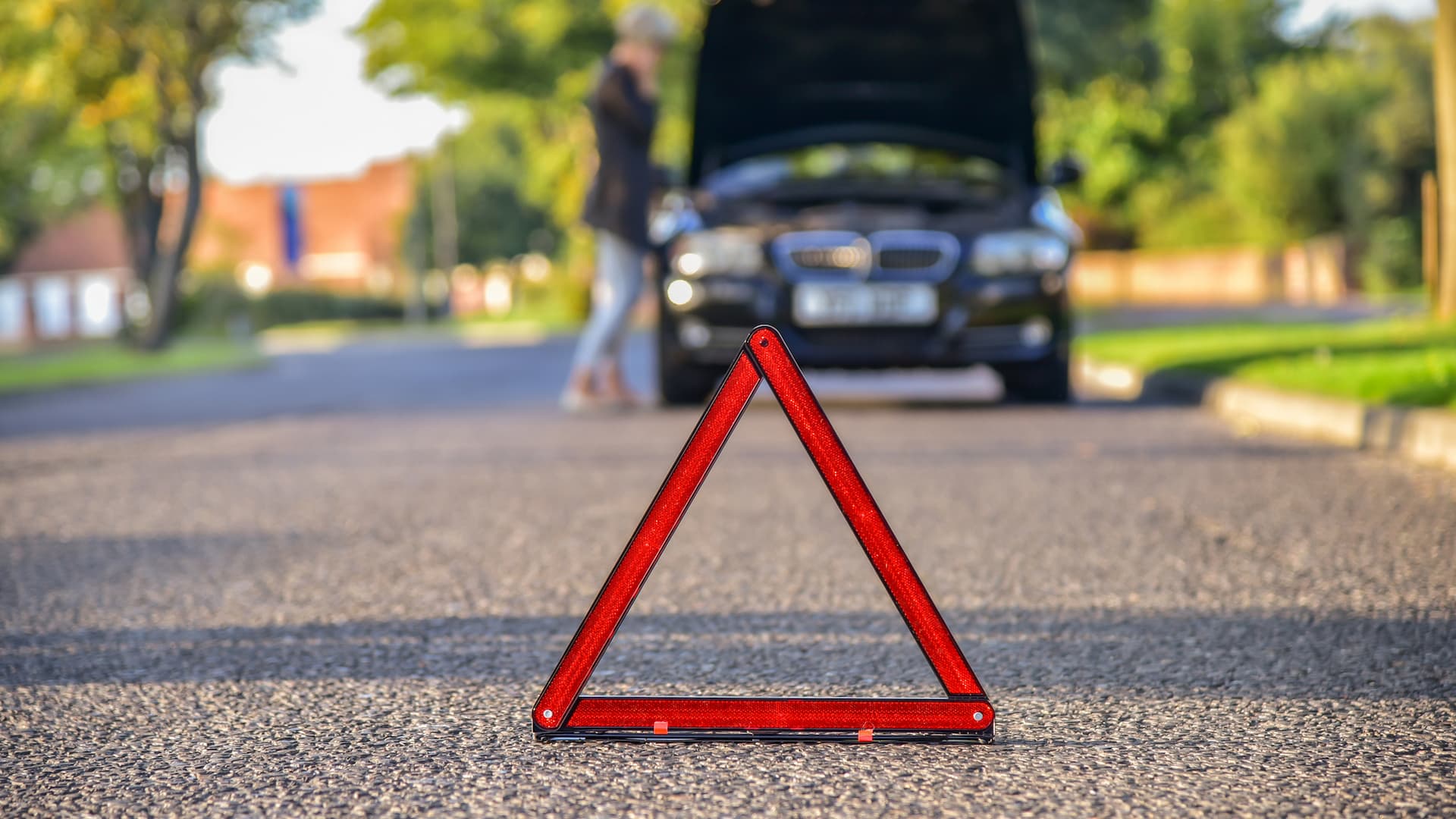Understanding Common Car Problems and How to Troubleshoot Them

No matter the make or model of your vehicle, it’s almost certain to experience some issues at one point or another. From a flat tire to a squealing brake, knowing how to troubleshoot these minor problems can save you money and keep your car running smoothly.
Even with routine maintenance, vehicles break down from time to time. Understanding these common car problems can help you avoid hefty repair bills in the future.
1. Check Engine Light
There is no doubt that the most dreaded of all dashboard warning lights is the check engine light (or CEL in some newer vehicles). This orange, engine-shaped icon illuminates when your vehicle’s onboard computer recognizes an issue with the engine or emissions system. It can be triggered by anything from a loose gas cap to a major problem with internal components. Whatever the reason, ignoring it can result in costly and unnecessary repairs down the road.
If the light stays on or begins to blink, you should pull over and have your vehicle inspected as soon as possible. The logged trouble codes stored in your car’s computer can provide clues to what is causing the warning, but it is still best to have an experienced professional diagnose the problem. If the light is flashing, you can expect your vehicle to enter a limp home mode, which may reduce power and affect fuel efficiency. In some cases, the light might even turn red if it indicates your vehicle is polluting beyond federal and state standards and would fail an emissions test or smog check.
2. Warning Lights
Warning lights are how your vehicle communicates with you and are essential to keep in working order. They’ll illuminate briefly when you start your car and make sure that all systems are in working order. Some of them will reset themselves after a certain period of time, but some may require immediate attention. Refer to your car manual for a full list of warning lights and their meanings. Red warning lights indicate critical issues that must be addressed immediately. If ignored, they could lead to severe damage or a breakdown on the road.
The battery light (typically shaped like an uppercase letter ‘D’ with two squiggly lines underneath) indicates that the battery is low or has failed. If you keep driving with the battery light on, it can damage electronic or hydraulic systems in the vehicle and potentially put your safety at risk.
3. Tire Pressure
Every car, no matter what make or model or how well it is maintained is going to experience problems over time. If you catch these problems early you can save a lot of money and avoid more costly repairs later.
The best way to troubleshoot common problems like this is to regularly check the tire pressure on your vehicle. You can do this with a simple tire pressure gauge at your local gas station or at home. Always take the reading when your tires are cold and remember that they can drop by 1 psi for every 10 degree change in temperature, because the rubber contracts as it cools.
Always use the recommended pressure found on your tire’s sidewall or in your owner’s manual. Over-inflating your tires can lead to poor handling, bumpy ride and reduce fuel efficiency, while under-inflating can cause premature wear and damage the tire. The best way to prevent low tire pressure is by making it a regular practice to check your tire’s pressure on a weekly basis.
4. Tires
Even the most careful drivers will run into car issues from time to time. Even if you are always on top of suggested maintenance services, there may be some things that your car is more prone to than others due to the way it’s constructed or driving style.
The tires are the only part of your vehicle that makes contact with the road and take the brunt of most of the impact from potholes, speed bumps and other rough roads. It is important to check the tires regularly to make sure that you don’t have any issues like uneven wear, which can be caused by a number of things including under or overinflated tires, improper wheel alignment or faulty suspension parts.
Your own body is also a good tool to use for feeling out car problems like vibrations or a bumpy ride. These are often indicators of a problem that can be fixed before it escalates.